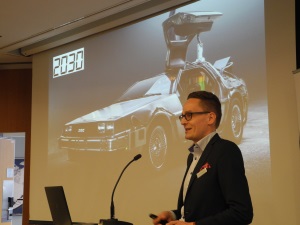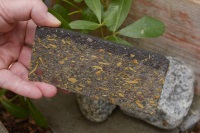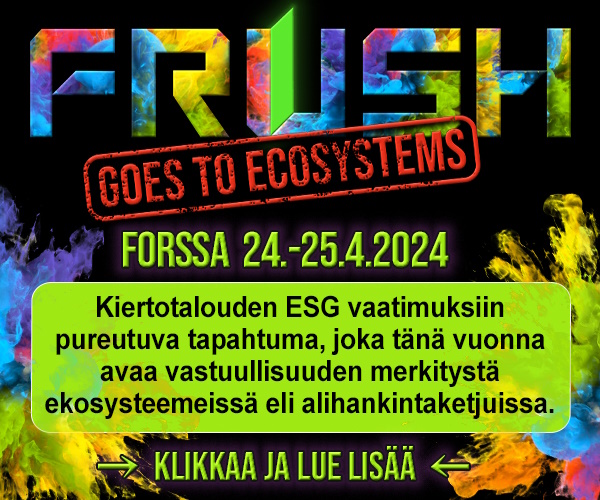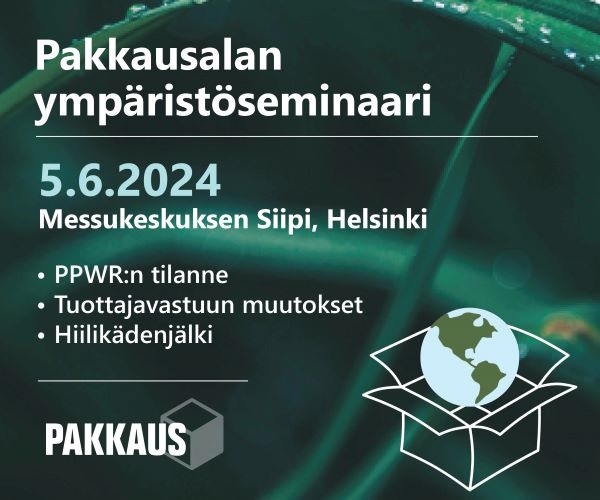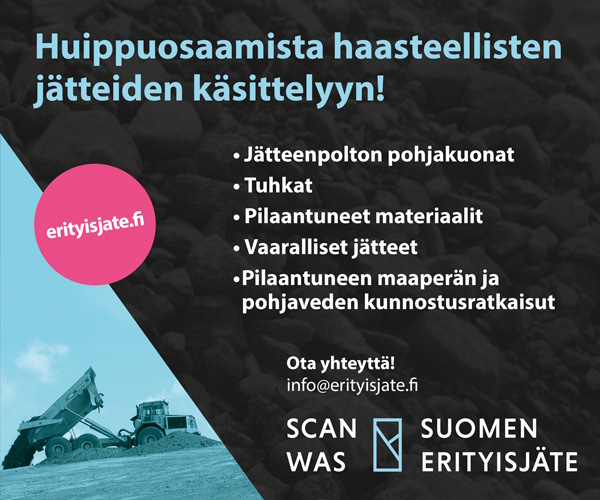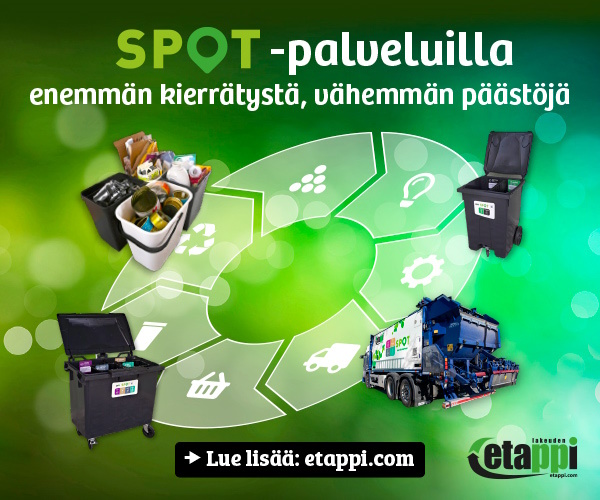Photo: Elina Saarinen. Over a hundred players in the field of environmental industry wanted to look into the crystal ball…
Waste ham turned into biofuel

Photo: Scanstockphoto. Finns consume about seven million kilograms of ham every Christmas. A passenger car can run three kilometres on the renewable diesel produced from the waste fat of one medium-sized ham. A single passenger car could travel four times around the world using the diesel produced by the campaign.
An article from special international issue, published in 31.5.2017.
The campaign to collect and process waste ham fat, organised before Christmas 2016, produced approximately 10,000 litres of renewable diesel fuel for cars. At the same time, the Kinkkutemppu (‘the Ham Experiment’) charity campaign raised EUR 14,500 for charitable purposes.
Maija Pohjakallio
The idea of collecting waste ham fat for the production of renewable diesel was born by accident when the Chemical Industry Pool of the National Emergency Supply Agency was preparing its bioeconomy survey.
‘During one discussion, I described examples of the renewable raw materials we use,’ recalls R&D Manager Leena Matilainen from Neste, who was a member of the bioeconomy survey steering group.
‘When we described the idea to the leader of the steering group, Security of Supply Manager Petri Ahola-Luttila from Chemical Industry Federation of Finland, he was immediately enthusiastic and started to build a team for the campaign.’
In addition to Neste and the Chemical Industry Federation of Finland, the participants included K-Group, Lassila & Tikanoja, Finnish Packaging Recycling RINKI, the Finnish Water Utilities Association, Honkajoki Oy, Rural Women’s Advisory Organisation and Finnish Environmental Industries (YTP). Each of the participants played an important role in the campaign.
Members of the public collected waste ham fat
A successful result was ensured by active Finnish households bringing their waste ham fat to the fat recycling points. A total of 12 tonnes of waste fat was collected.
From the recycling points, the waste fat was transported by Lassila & Tikanoja to Honkajoki Oy for pretreatment and then to Neste’s Porvoo refinery, where it was used to produce renewable diesel.
The environment benefited from the campaign in many ways. The use of Neste MY diesel reduces greenhouse gas emissions by up to 90 per cent compared with fossil diesel. It can be assumed that, thanks to the Kinkkutemppu campaign, less fat ended up in drains, where it causes blockages and other problems.
The income from the ‘ham diesel’ campaign was donated to Hope, an association which helps low income families, and to Icehearts, a sports club which aims to prevent social exclusion and promote well-being.
A new Kinkkutemppu?
‘The Kinkkutemppu campaign is an excellent example of how the development of circular economy requires extensive co-operation and the joining of different skills and competencies. Knowledge of chemistry and molecular-level expertise are important, but they are not enough,’ Leena Matilainen says.
Renewable processing at Neste is based on converting esters into hydrocarbons by hydrotreatment. This produces an end product that is suitable for any diesel-powered vehicle in any mixture ratio or plain.
A Bachelor’s thesis on the Kinkkutemppu campaign is underway in the Chemical Engineering programme of Metropolia University of Applied Sciences. The thesis is analysing in more detail the campaign, its phases and the role of the participants. The perspectives include the technologies, communication, logistics and environmental benefits.
‘We also hope to receive more information on whether it would be possible to continue the separate collection of waste fat from Finnish households in one way or another—as a new Kinkkutemppu campaign or even throughout the year,’ Leena Matilainen summarises.


